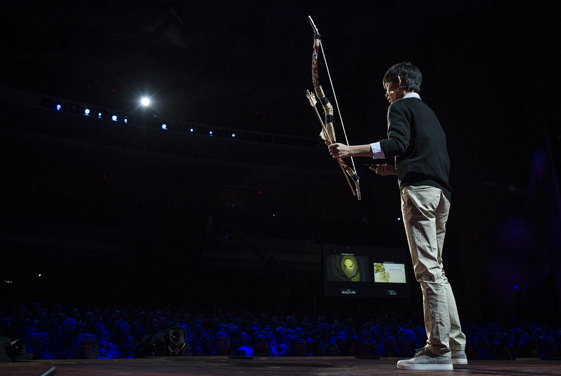
Dong Woo Jang shares why he makes handmade bows—as a way to relieve stress and connect to his heritage. Photo: James Duncan Davidson
In South Korea’s “pressure-cooker” educational environment, 15-year-old Dong Woo Jang began to feel his caveman instincts kicking in: He needed to survive. And like his ancestors, he decided to arm up –- with a bow and arrow.
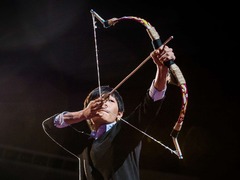 Dong Woo Jang: The art of bow-making
As he shares in today’s talk, proudly holding up one of his handmade bows, he says, “Through bow making I came in contact with part of my heritage. Learning the information that has accumulated over time and reading the message left by my ancestors was better than any consolation, therapy or any advice any living adult could give me.”
Dong Woo Jang: The art of bow-making
As he shares in today’s talk, proudly holding up one of his handmade bows, he says, “Through bow making I came in contact with part of my heritage. Learning the information that has accumulated over time and reading the message left by my ancestors was better than any consolation, therapy or any advice any living adult could give me.”
Learning and perfecting a craft such as bowmaking is no easy task. Jang attests to staying up many a night to saw, trim and polish wood. He experimented and researched endlessly, and almost set his apartment complex on fire.
Below, 7 more TED speakers who speak to the joys (and tribulations) of creating something purely by hand:
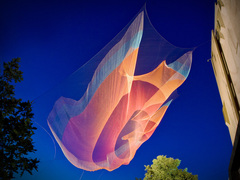 Janet Echelman: Taking imagination seriously
Janet Echelman: Taking imagination seriously
The speaker: Janet Echelman What she makes: Art from fishing nets and lace Janet Echelman was walking along the beach one day when she came across voluminous piles of fishing nets. A longtime artist, she had assumed that sculptures needed to be hard and heavy — but these nets shifted her thinking. She worked with the fishers to learn how the nets were made, and later studied with Lithuanian lace makers. These artisans have had a big impact on her work. |
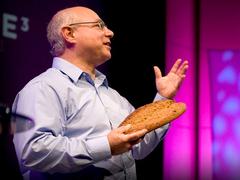 Peter Reinhart: The art and craft of bread
Peter Reinhart: The art and craft of bread
The speaker: Peter Reinhart What he makes: Bread Baking master Peter Reinhart charts the making of a loaf of bread, from dough to oven to plate. It’s all about mastering the details: “Personality and character’s being developed in this dough under the watchful gaze of the baker. And the baker’s choices all along the way determine the outcome of the product. A subtle change in temperature — a subtle change in time — it’s a balancing act between time, temperature and ingredients.” |
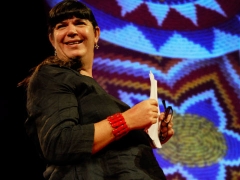 Marisa Fick-Jordan: The wonder of Zulu wire art
Marisa Fick-Jordan: The wonder of Zulu wire art
The speaker: Marisa Fick-Jordan What she makes: Products woven from telephone wire In Africa, women have been weaving wire for centuries. But the modern era has streamlined the form, providing a perfect ready-made material — telephone wire. Marisa Fick Jordan shares how she worked with a village of traditional Zulu wire weavers to create modern products, marrying an artistic eye and a technical craft to create a business. |
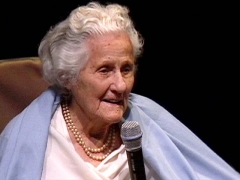 Eva Zeisel: The playful search for beauty
Eva Zeisel: The playful search for beauty
The speaker: Eva Zeisel What she makes: Ceramics Before Eva Zeisel could become a ceramics master, she had to be an apprentice and learn all aspects of making pottery by hand, like preparing the clay taken from the Hungarian hillsides. She prefers to be called a “maker of things,” rather than a designer. She says, “The word ‘playful’ is a necessary aspect of our work because, actually, one of our problems is that we have to make, produce, lovely things throughout all of life, and this for me is now 75 years.” |
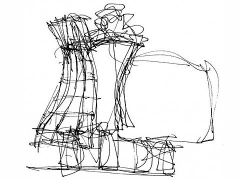 Frank Gehry: My days as a young rebel
Frank Gehry: My days as a young rebel
The speaker: Frank Gehry What he makes: Furniture made of paper, buildings inspired by fish Before he was a famous architect, Frank Gehry created paper furniture and cardboard flooring for Bloomingdales in the 1960s. In this talk, he tells the story of his evolution, and how most of the architectural work we now know him for is based on the form of the fish. “I got mad at postmodernism and said that fish were 500 million years earlier than man and, if you’re going to go back, we might as well go back to the beginning.” |
 Thomas Thwaites: How I built a toaster -- from scratch
Thomas Thwaites: How I built a toaster -- from scratch
The speaker: Thomas Thwaites What he made: A toaster, by hand Thomas Thwaites wanted to build an electric toaster from scratch. And in doing so, he found a daunting task awaiting him: 400 different pieces made out of over a hundred unique materials. Some skills he had to learn to make this vision a reality: mining, metallurgy and plastic-making. |
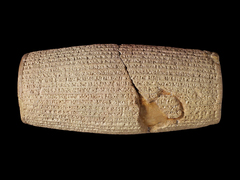 Neil MacGregor: 2600 years of history in one object
Neil MacGregor: 2600 years of history in one object
The speaker: Neil MacGregor What he makes: Museum exhibits of hand-crafted objects Why are the craft and construction of things important? Perhaps Neil MacGregor, director of the British Museum, explains it best in his talk, “2,600 years of history in one object.” He says, “The things we make have one supreme quality — they live longer than us. We perish, they survive; we have one life, they have many lives, and in each life they can mean different things. Which means that, while we all have one biography, they have many.” |
Below, see Dong Woo Jang’s tips and diagrams for making the perfect bow.
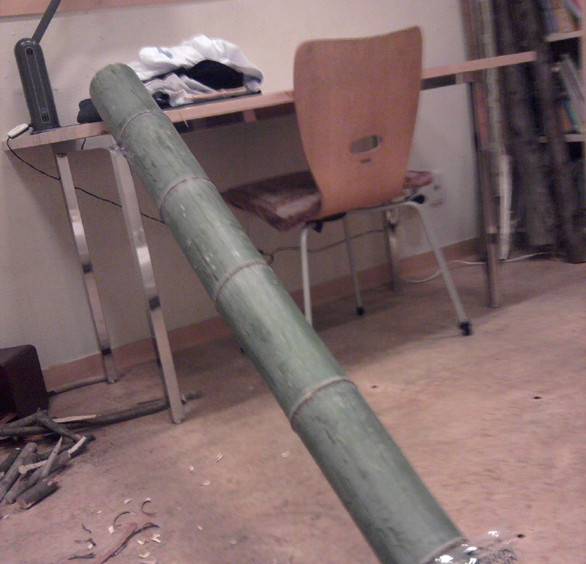
“The perfect bow begins with a piece of wood. I have spent the most time working with bamboo wood.”
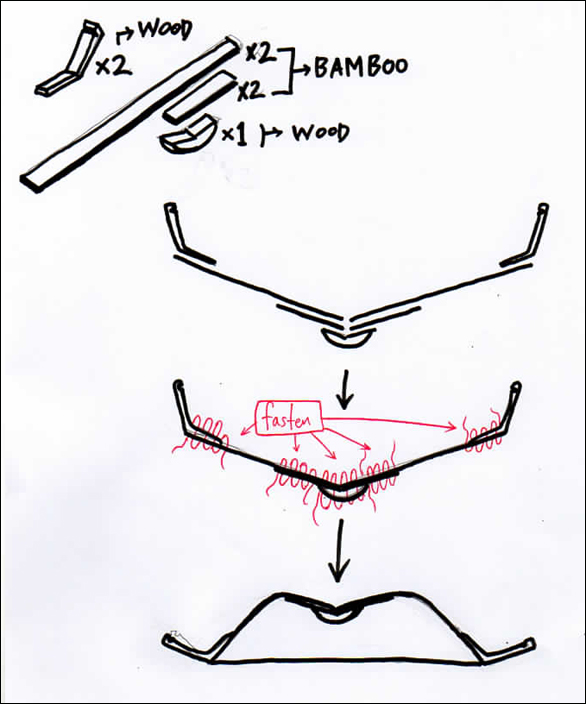
“I make five separate pieces of bamboo wood of different length, width and thickness, which will be fastened with nylon string. I try to avoid using glue unless it is totally necessary. “
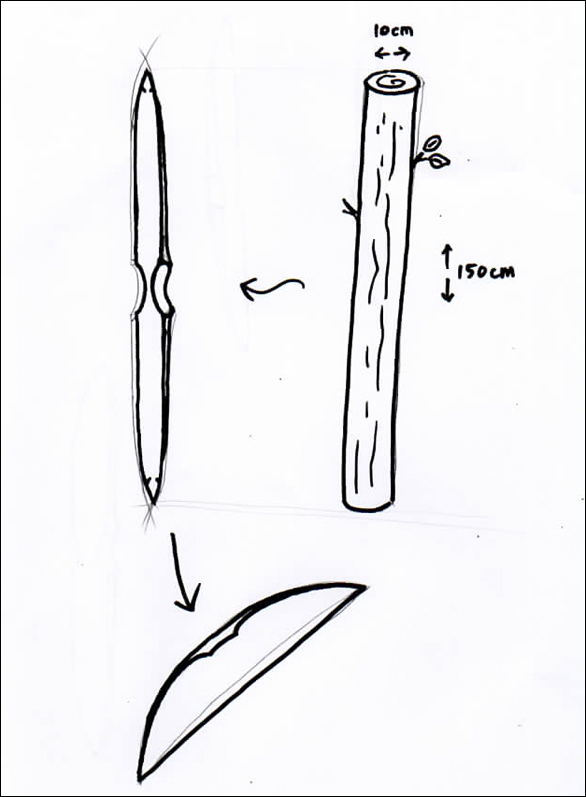
“I string the bow with inelastic string. Then, using the arrow, draw the string gradually to ease the bow up. I increase the tension each day for weeks in order to make the wood fibers flexible. If the wood does not give in easily, I glue layers of other materials — such as bamboo, artificial sinew or nylon fiber — onto the outer part of the bow. I usually buy artificial sinew from leather shops.”
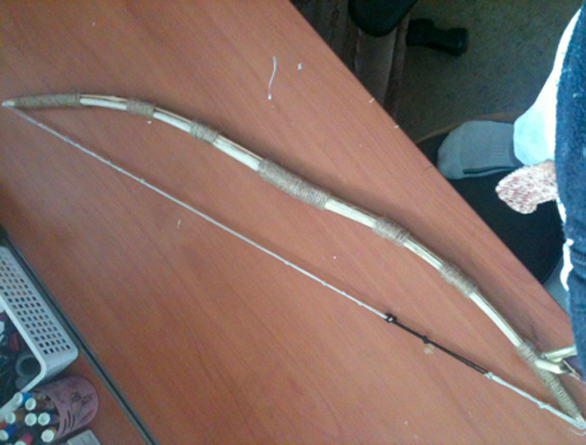
“When not in use, bow string needs to be unfastened. Otherwise the tension of the bow will decrease and the bow will remain rigid and loose flexibility.”
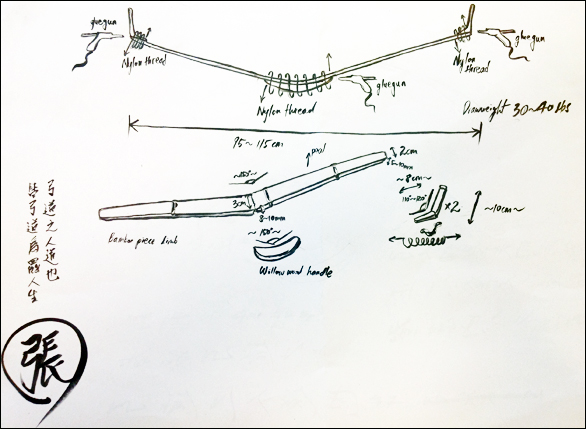
“For other types of hard wood — such as yew or mulberry — I take a long piece of log of about 150 cm and cut it with axe or sickle to resemble the shape of the bow.”
Comments (12)
Pingback: bows from the concrete jungle « The Infinite Curve – an archery blog
Pingback: Dong Woo Jang: The art of bow-making – [TED Talks] | mostly music